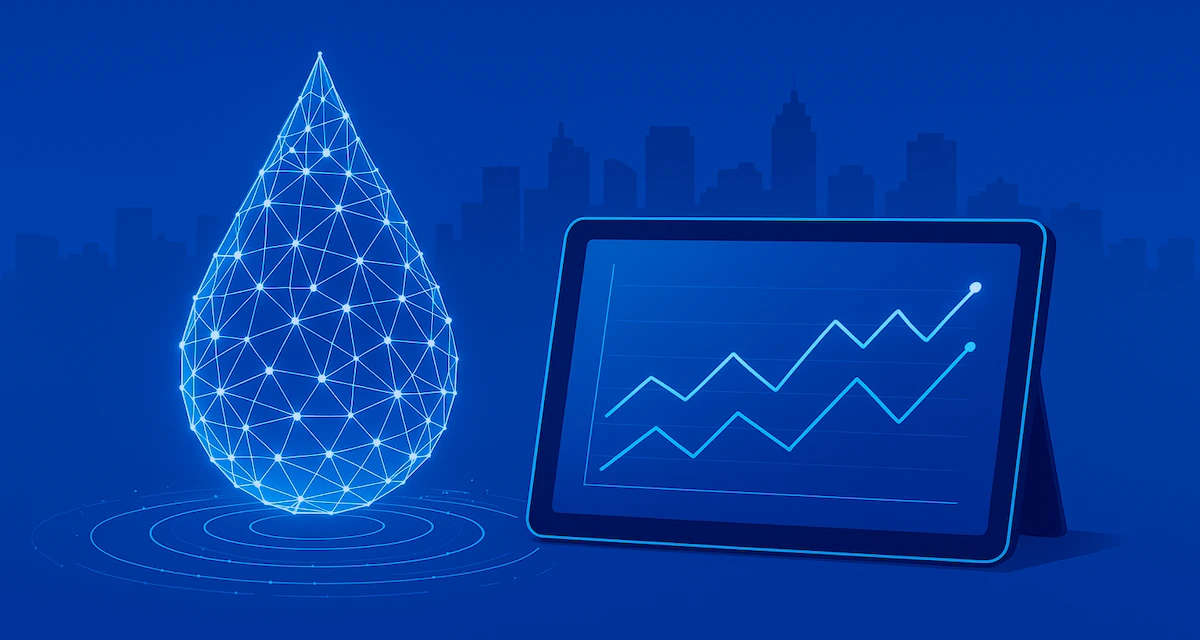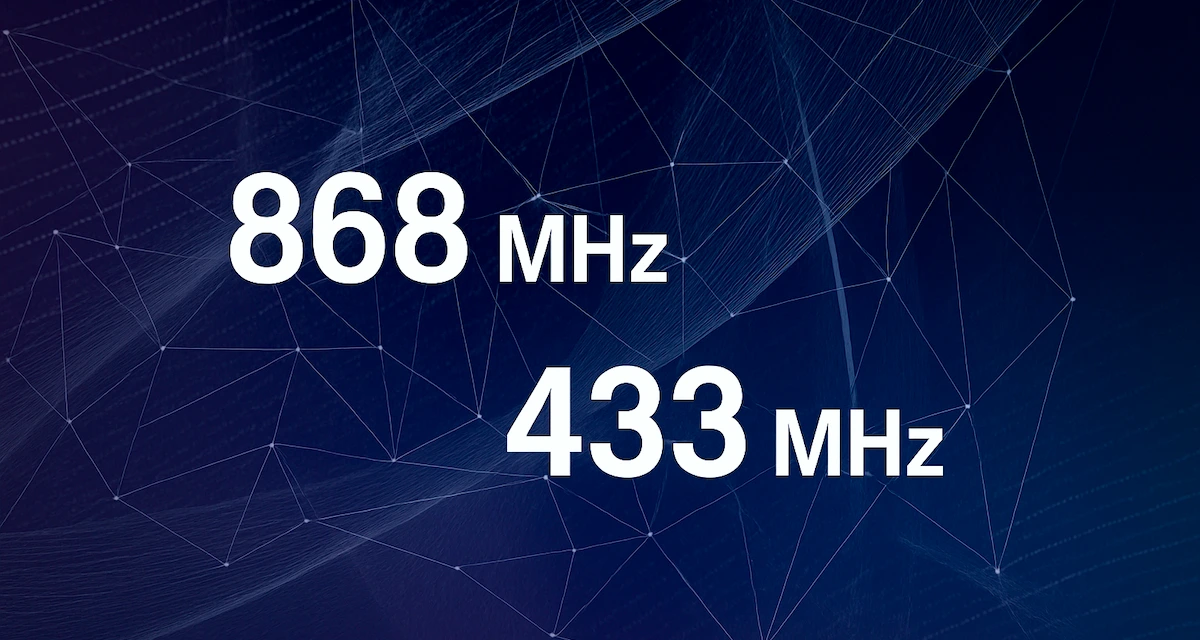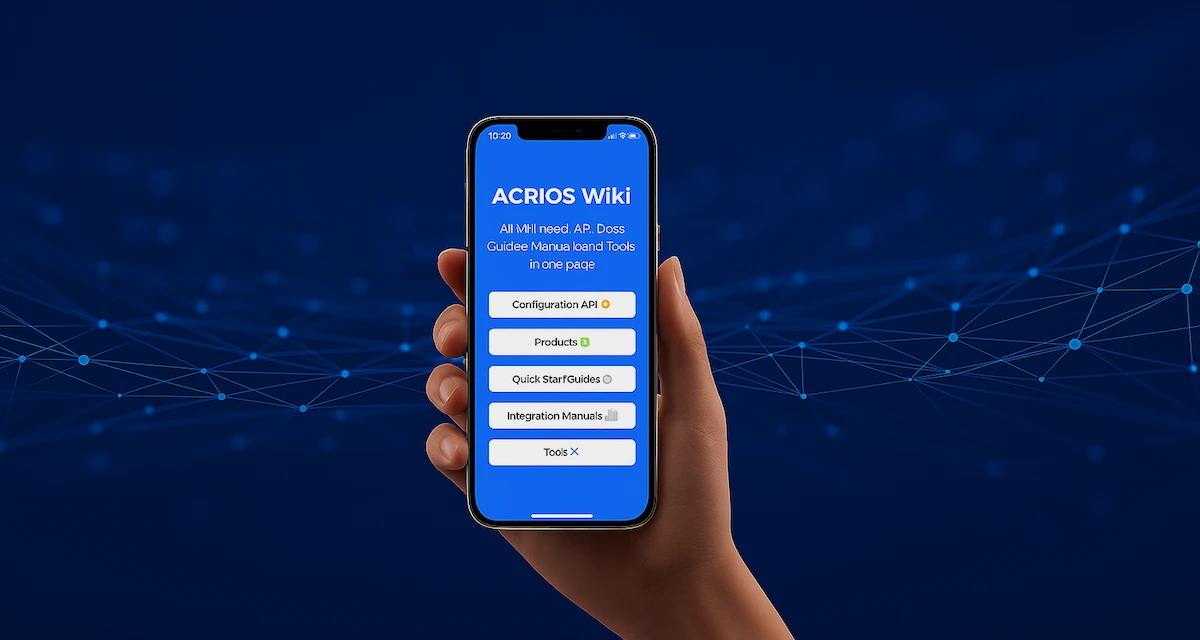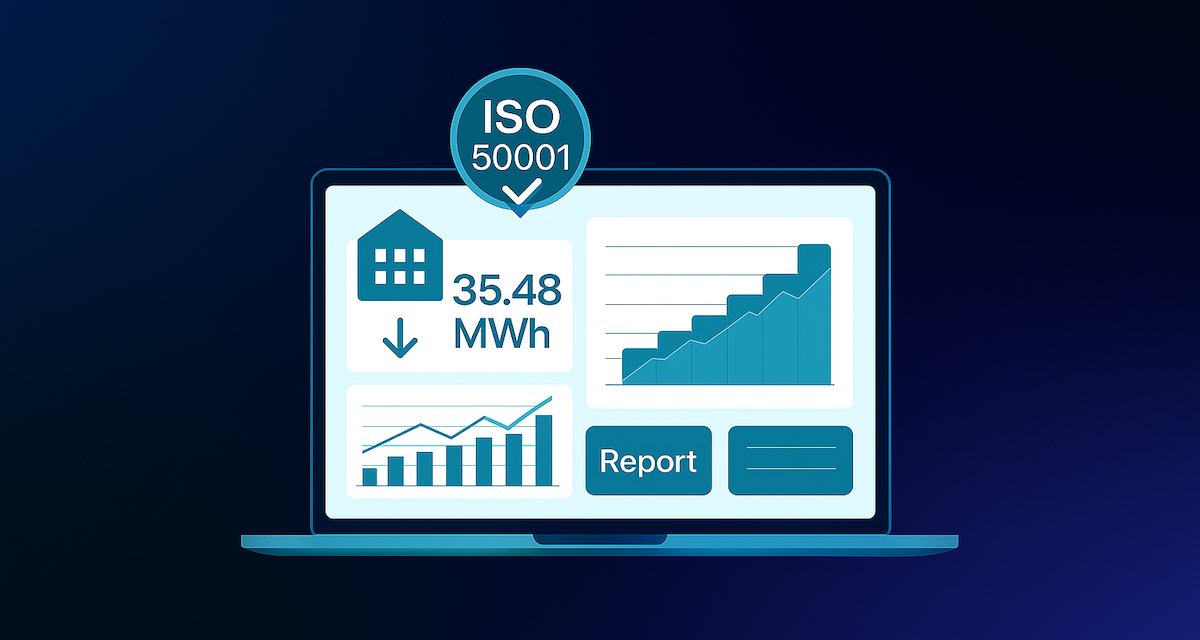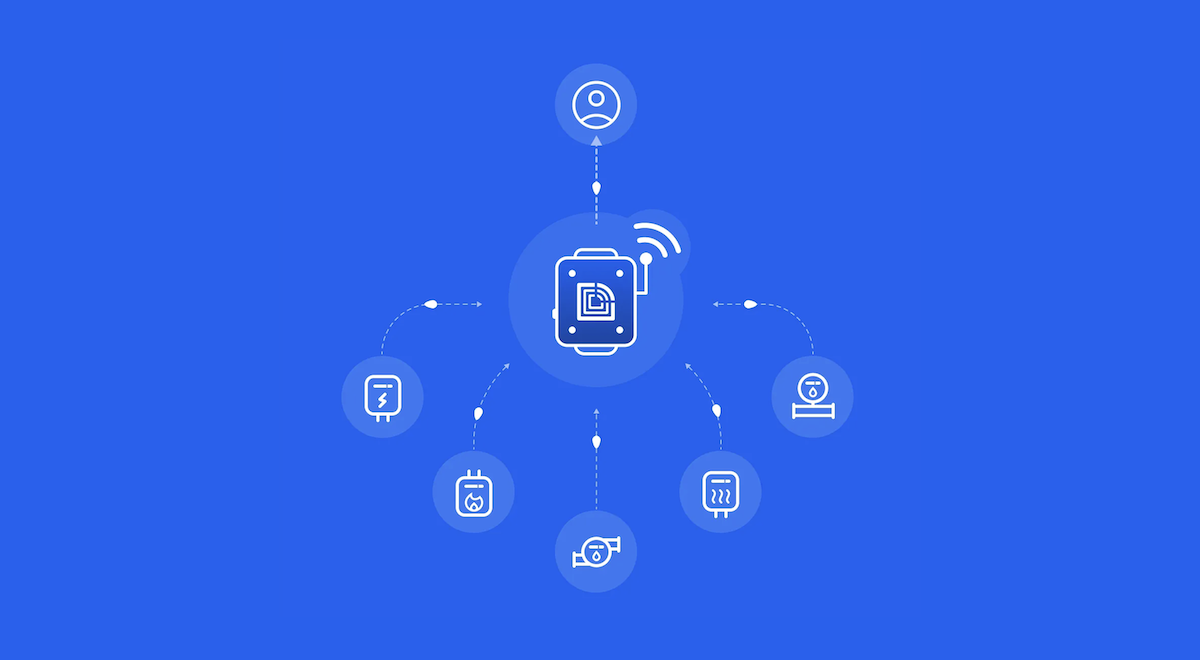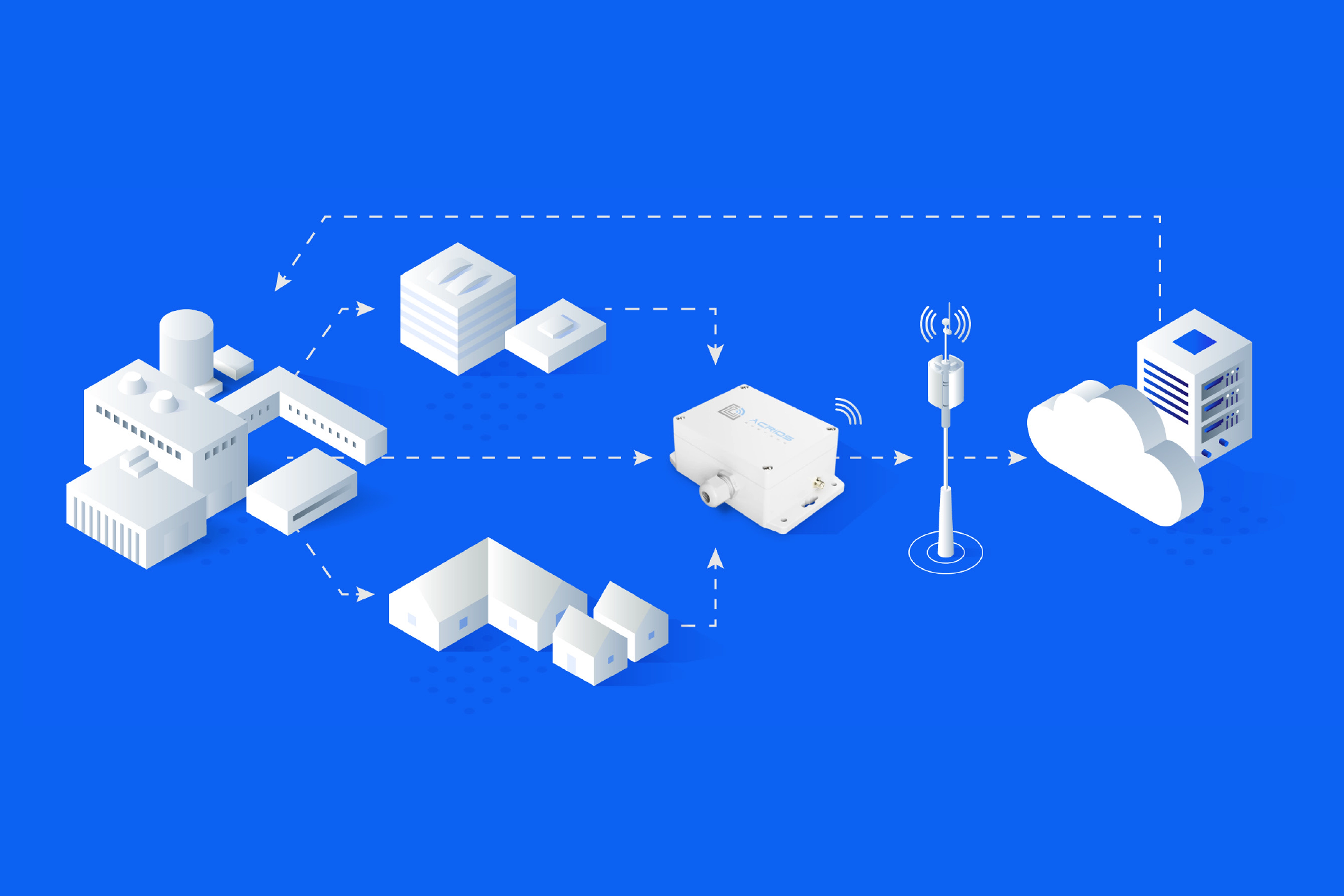EPBD is coming: what BACS means for your building
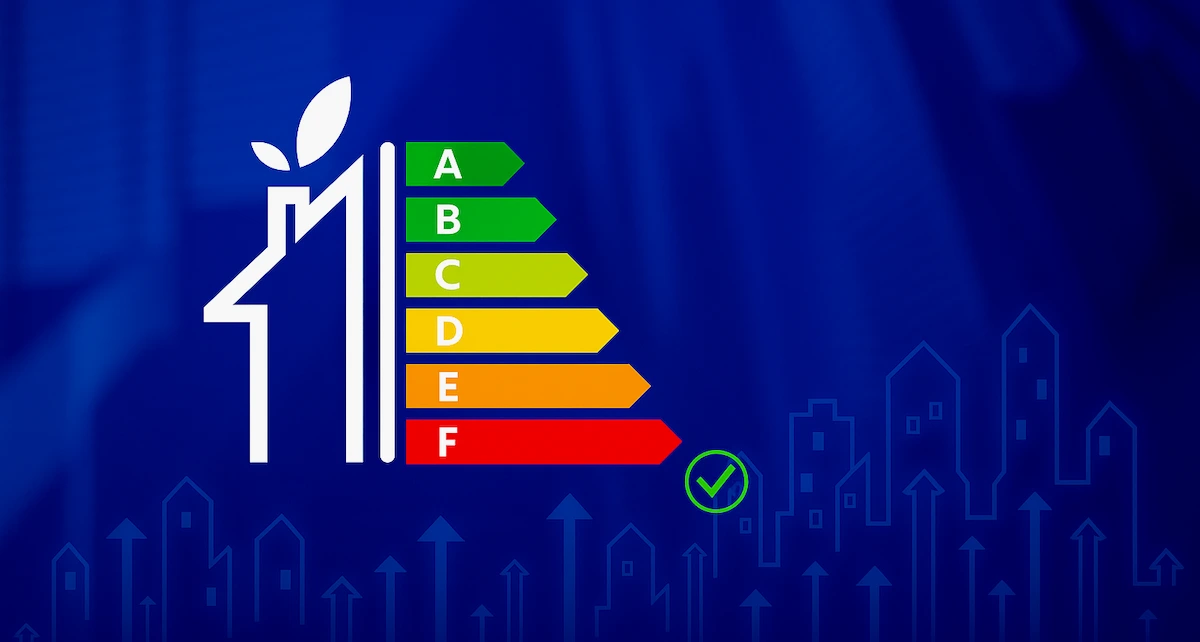
You may have heard of the EPBD (Energy Performance of Buildings Directive), part of the EU’s broader initiative to improve sustainability. The directive focuses on making buildings more energy-efficient, autonomous, and digital. One of its most impactful upcoming elements is BACS, the Building Automation and Control Systems requirement. BACS mandates are approaching quickly. If you’re managing a qualifying building, the time to act is now.
Who needs to comply with BACS?
- By the end of 2025, all non-residential buildings with heating and ventilation systems above 290 kW must implement BACS
- By the end of 2027, the requirement expands to all buildings, including residential, with systems above 70 kW
What does BACS require?
- Continuous energy consumption monitoring
- Long-term consumption analysis
- Detection of inefficiencies and automatic responses
- Remote or automated control of heating and cooling systems
To comply with BACS requirements, you’ll need to implement a centralised system for monitoring and managing energy consumption. This involves installing the necessary sensors, meters, and smart control units throughout the building. All components should then be integrated into a unified network using standard protocols such as wM-Bus, Modbus, M-Bus, or other supported technologies.
And why is this important? Buildings are responsible for 40% of energy consumption and 36% of CO₂ emissions in the EU. Around 80% of that energy is used for heating and cooling alone. BACS is intended to make energy usage more transparent and efficient, delivering benefits far beyond regulatory compliance:
- Reduce energy bills through continuous optimisation
- Give users direct control over temperature and comfort
- Detect faults earlier through anomaly monitoring
- Enable predictive maintenance with detailed consumption records
How ACRIOS can help to meet BACS requirements
Let’s look at how you can meet BACS requirements efficiently, especially if your building already has installed meters.
Scenario 1: You have a usable metering infrastructure
If you already have utility meters in place, you may only need to enable remote reading. Using converters, you can integrate your existing meters into LoRaWAN or NB-IoT networks without replacing them.
Compatible meter outputs include:
- M-Bus
- wireless M-Bus (wM-Bus)
- Modbus
- Pulse output
- Proprietary protocols like SONTEX, Apator Metra, Sensus, etc.
Scenario 2: You have meters without wireless communication
If you're just starting with remote reading, especially for water meters, we recommend replacing your meters with wM-Bus-enabled models. These broadcast data every 2 minutes, and a converter typically placed every 3 floors will collect readings from multiple units simultaneously. This method, often called “walk-by reading,” allows for scalable, centralised data collection via a single secure uplink.
Scenario 3: You want fully autonomous smart meters
Some modern meters can transmit data directly to you without a converter. This is ideal if you’re installing meters in new locations or doing a full upgrade. The range of such meters is still limited compared to traditional ones, but they offer elegant, self-contained deployment.
Retrofit or replace – either way, it’s manageable
Whether you retrofit your existing meters or install smart ones, compliance with BACS doesn’t have to be difficult. The key is choosing technologies that support reliable, efficient data collection and integration. We at ACRIOS offer both expertise and hardware to help you meet these requirements smoothly and cost-effectively. Let us guide you through it.
Prepare your building for BACS requirements. Get support with energy data monitoring, smart meter integration, and compliance with EU regulations, whether you’re upgrading selected systems or working with existing infrastructure. Contact us to discuss a solution tailored to your building and regulatory obligations.






